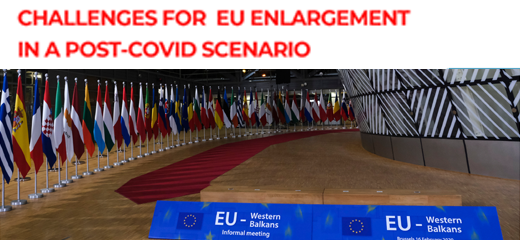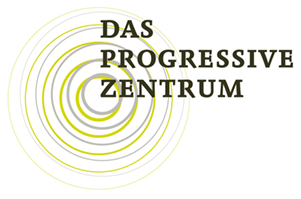
next global
Publication
Devising a Consensus-Driven Security Architecture for the MENA Region
February 02, 2021Author: Ranj Alaaldin
The Middle East and North Africa is beset with a series of crises, including most recently the COVID-19 pandemic. A host of conflicts in the region have become inter-locked and shaped by a combination of both state and non-state actors, including external powers who have exploited conflict and tumult to enhance their geostrategic interests. While conflicts may have once been dominated and shaped predominantly by states, today political and conflict landscapes are becoming increasingly defined by armed non-state actors, complicating peace-building efforts and inter- state dialogue across conflict theatres. Addressing the underlying drivers of conflict requires in the first instance an appreciation for the proliferation and dominance of armed groups, the embrace of proxy warfare by regional states and, with that, the degradation of the principles of sovereignty and non-interference. This is central to understanding the limits and constraints of a regional security consensus that is focused primarily on inter-state negotiations and mediation, or that borrows its guiding principles from historic peace agreements like the treaty of Westphalia. On this basis, it is possible to devise instances of bottom-up and localised peaceful order that can be used as stepping-stones for a broader national, and then eventually a regional, consensus-driven security architecture.

related publications
-

Challenges for EU enlargement in a post-covid scenario
read more -

Taxing Multinationals in the European Union
read more -

The Generational Impact of the Coronavirus Pandemic
read more -

The Quest to Launch Regional Integration Processes in West Asia and the Arabian Peninsula
read more -

So Close Yet So Far Apart. Facilitating Dialogue and Cooperation across the Persian Gulf
read more -

Pax Americana vs. Inclusive Security in the Middle East
read more



























































